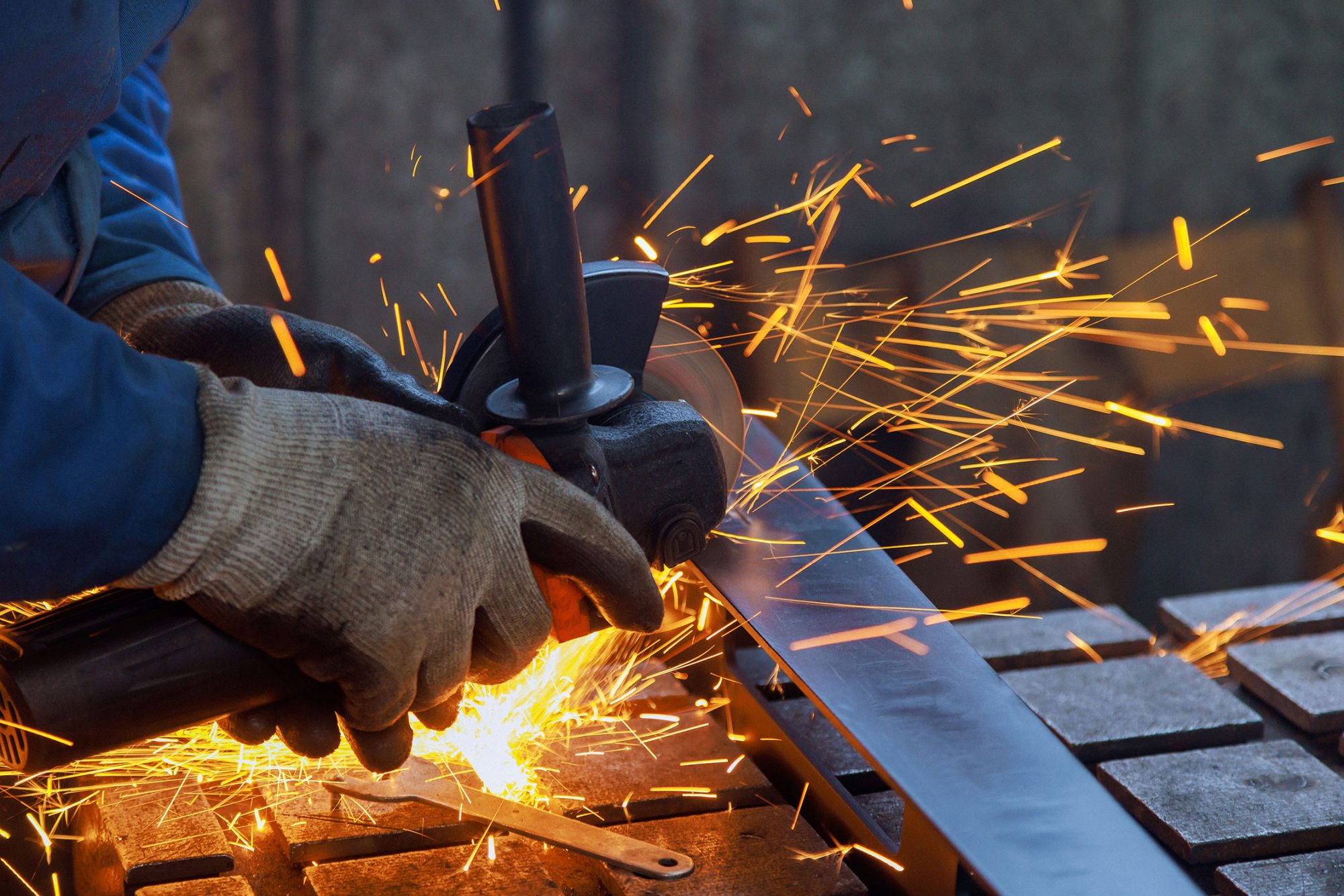One of the most crucial applications for ERW tubes is oil pipelines. The tubing is necessary for transportation of the resources as well extraction and processing. This is still one of the most important industries in the world, even with all the work to find greener, cleaner, sustainable energy solutions.
What we want to do here is have a closer look at the oil pipelines so you can expand your knowledge. We’ll explore what they are, how they work, and the advantages.
A huge network
 An interesting initial fact here is there are millions of miles of pipelines all over the world. The networks carry a massive variety of resources, including water, gas, oil, and more. They can be ERW tubes, seamless, or other types.
An interesting initial fact here is there are millions of miles of pipelines all over the world. The networks carry a massive variety of resources, including water, gas, oil, and more. They can be ERW tubes, seamless, or other types.
In the US there are around 219,000 miles of pipes. Of this, approximately 80,000 is for crude oil. Tens of thousands are then for products made from it.
The pipes to carry the oil can vary in size. Some can be as small as 4 inches in diameter. However, others can be massive, as large as 48 inches in some cases. It all depends on the volume of resources they need to move.
In some cases you can see the pipelines above ground. However, many thousands of miles is beneath it. The goal here is to protect against damage and theft. It can also allow transportation of resources whilst preserving the natural environment above. There are even cases when pipelines run beneath rivers, roads, and private lands.
How does the oil move?
It is important to move the resources efficiently. It usually can’t be done with gravity alone. So, pipelines tend to have pumps to pressurise and move the oil. If they are ERW tubes, you must ensure pressure levels are acceptable to avoid damaging the welds. On long lines there may be a pump as often as every 20 miles. It all depends on a range of factors, including the topography, tube dimensions, and volume needs.
Benefits
Using pipelines to transport oil provides a number of benefits. The alternative is to move it by road, rail, or sea. However, that can be slower, riskier, and more expensive.
The biggest advantage with pipes is the flows can be continuous. As long as a line is open and pumps are working, the resources should be able to travel where they are needed. This can happen 24 hours a day, 365 days a year if necessary.
Using pipelines is also less intensive in terms of manpower. The big investment is setting up the lines. Then, a small number of people can handle managing and monitoring them. With other options like trucks or ships, you need far more people for each shipment. It makes pipes cheaper.
Using pipes can also help to minimise disruption to the natural environment. They can be buried over 100 feet below the ground. Reseeding can take place after installation to replace any lost trees or greenery. Plus, once operating the lines will have minimal emissions, far less than road or sea vehicles.
Do you want ERW tubes for a project?
As you can see, pipelines are a great option for transporting oil. There is quite high demand for them all over the world. This can be for new lines as well as replacing older ones. It is common to upgrade to more durable steels here for longevity.
At Union Steel Tubes we offer quality tubing that is great for various needs. The ERW tubes are available in a wide range of shapes and sizes. We can even provide a choice of finished and unfinished. Plus, we can supply seamless too if necessary.
So, if you need tubing for a project, you should speak to us. We’ll discuss products and options to match your application.


